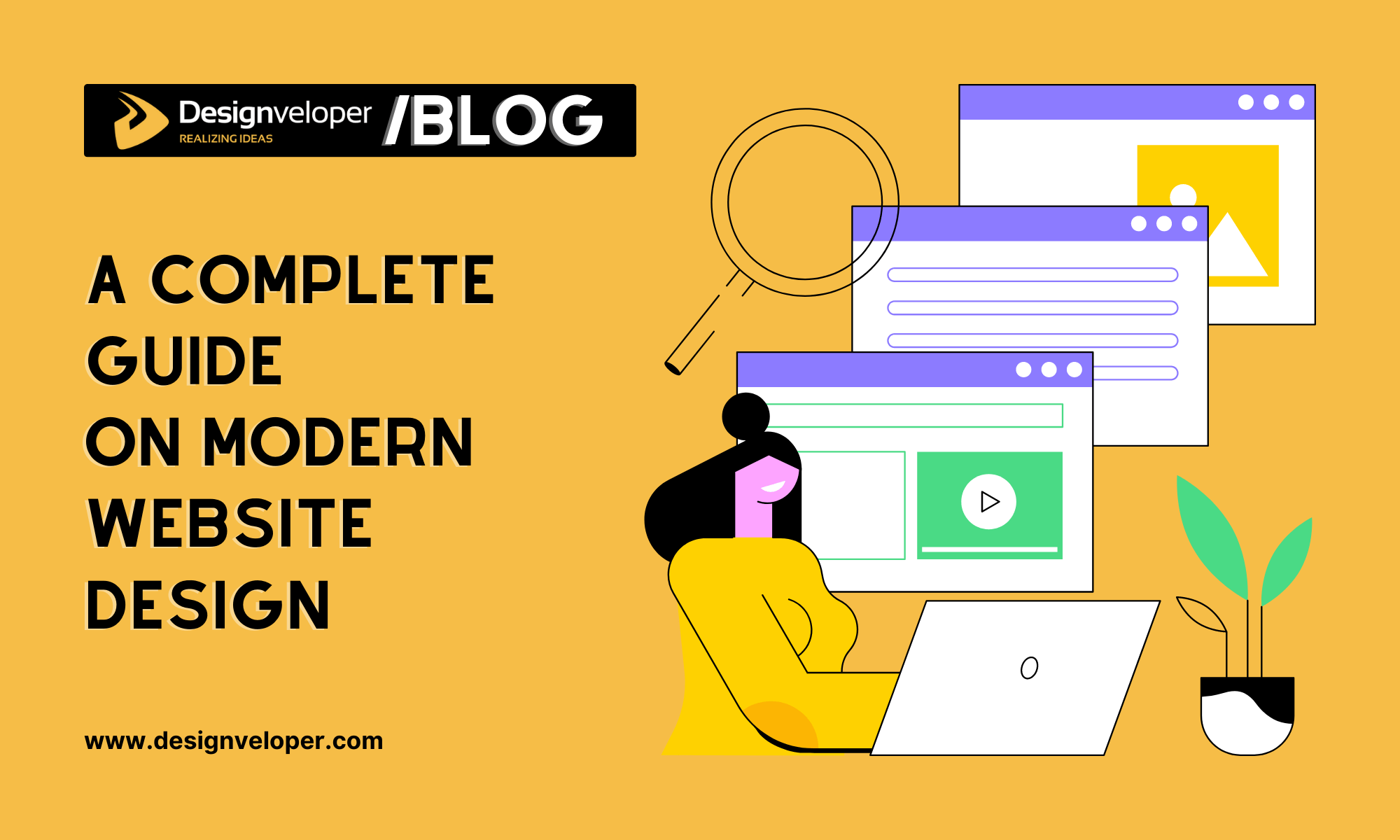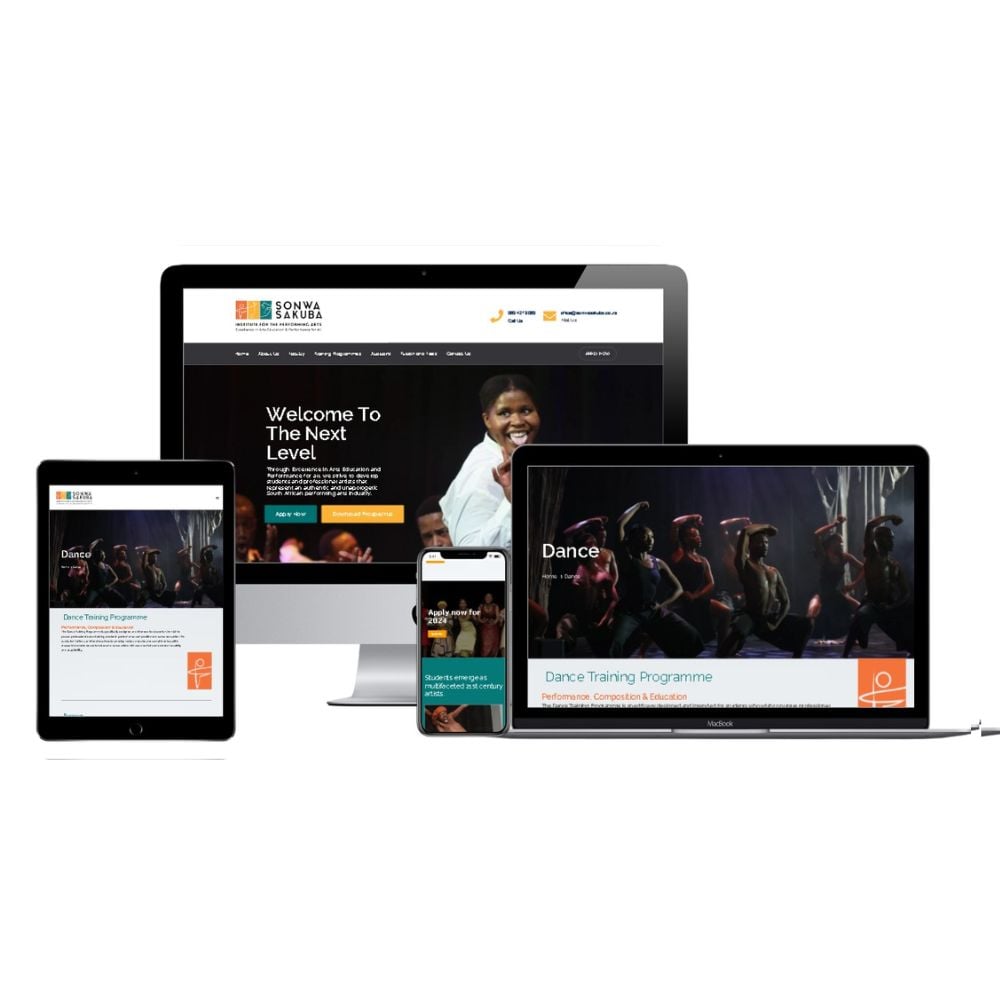Skilled Website Design for Businesses Looking to Increase Leads
Skilled Website Design for Businesses Looking to Increase Leads
Blog Article
Top Tips for Creating an Impactful Website Style That Converts
In today's digital landscape, the significance of an impactful web site style can not be overstated, especially when it involves converting visitors right into consumers. To attain this, one have to take into consideration a selection of elements, including understanding the target audience, focusing on customer experience, and maximizing for mobile platforms. The strategic use of engaging call-to-actions and a distinct visual power structure plays an important role in guiding individuals via their trip. As we explore these crucial elements, it comes to be obvious that the success of your site rests on greater than just aesthetics; it requires a thoughtful method to layout and performance.

Understand Your Target Target Market
Understanding your target audience is essential to reliable web site layout, as it prepares for producing an interesting user experience. Identifying who your users are, including their demographics, preferences, and behaviors, allows designers to tailor the web site's web content, format, and capability to fulfill specific needs.
Conducting complete market study is important in this process. Surveys, interviews, and analytics can supply important understandings right into customer assumptions and pain factors. By compiling this data, developers can create individual personalities that represent various sections of the audience, guaranteeing that design choices are notified and appropriate.
In addition, comprehending the target audience helps in choosing appropriate design elements such as color design, typography, and imagery that reverberate with individuals. A site that speaks directly to its target market cultivates a sense of link and count on, encouraging longer visits and higher conversion prices.
Inevitably, a user-centered technique to site layout not just improves individual fulfillment however also sustains business goals by driving involvement and commitment. By prioritizing the requirements and choices of the target audience, a website can effectively serve its objective and achieve wanted results.
Prioritize User Experience
To improve the overall efficiency of a website, focusing on customer experience (UX) is vital (Website Design). A well-designed UX makes certain that visitors can browse the site effortlessly, locate information swiftly, and involve with content meaningfully. This brings about enhanced customer satisfaction and higher conversion rates
Begin by executing intuitive navigating. Menus ought to be realistically structured, permitting users to find crucial locations of the site with very little effort. Uniformity in design elements, such as color design and typefaces, cultivates familiarity, which is crucial for keeping customer engagement.
Furthermore, think about the packing rate of your website. A delay of simply a couple of secs can cause substantial drop-offs, as users are less likely to wait for a slow-loading web page. Enhancing photos and optimizing code can enhance performance and retain visitors.
Additionally, clarity in content presentation is essential. Usage concise, engaging language and break up text with visuals to improve readability. By focusing on individual experience, you not just produce a more delightful atmosphere for site visitors but additionally enhance your brand name's integrity. Eventually, an emphasis on UX is a financial investment in the lasting success of your web site.
Optimize for Mobile Gadgets
Maximizing for mobile gadgets is critical in today's digital landscape, where a raising number of individuals accessibility sites with smart devices and tablets. A mobile-friendly design not just boosts user experience however additionally plays a substantial role in enhancing search engine rankings. To accomplish this, it is vital to adopt a responsive style that immediately adapts to different display dimensions and positionings.

Filling speed is another crucial variable; mobile users are normally much less individual and anticipate fast accessibility to information. By prioritizing mobile optimization, you make sure that your internet site remains affordable and efficiently involves a more comprehensive target market.
Use Engaging Call-to-Actions
A site's efficiency commonly depends upon its capacity to guide visitors towards preferred activities, making engaging call-to-actions (CTAs) essential elements of layout. CTAs work as the essential factors that direct customers to involve with the website, whether that means buying, registering for a newsletter, or downloading a resource.
To create efficient CTAs, clearness is vital. Use succinct language that clearly communicates the activity you desire the individual to take.
In addition, the layout of CTAs must stick out without being obtrusive. Utilize contrasting colors and clear typefaces to guarantee they catch interest. In addition, think about utilizing hop over to these guys directional cues, such as arrows or images, to guide customers toward these buttons. By concentrating on these aspects, businesses can significantly improve individual engagement, driving conversions and inevitably accomplishing their web site's goals.
Emphasis on Visual Power Structure
Reliable internet site design depends greatly on a well-structured visual pecking order that guides customers via material effortlessly. By arranging elements in a manner that focuses on information, developers can boost individual experience and help with decision-making. This involves using size, color, contrast, and spacing purposefully to accentuate one of the most vital parts of a page.
Using bigger typefaces for headings and subheadings develops a clear difference in between various areas, permitting users to scan material effortlessly. Furthermore, utilizing different shades for buttons and calls-to-action can capture user interest and encourage communication. Whitespace is an additional important component; it stops clutter and enables users to focus on vital messages without interruptions.
Pictures and graphics must match the message while also adhering to the established hierarchy, strengthening the overall message (Website Design). Consistency in layout components, such as color systems and typography, more reinforces the visual pecking order, making navigation user-friendly

Verdict
In conclusion, effective site style requires a comprehensive understanding of the target audience, prioritization of individual experience, and mobile optimization. Ultimately, a well-executed site style offers as an essential part in driving user activities and attaining organization purposes.
Report this page